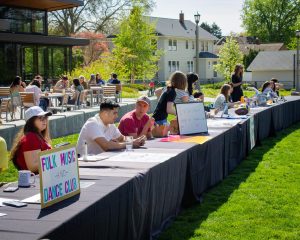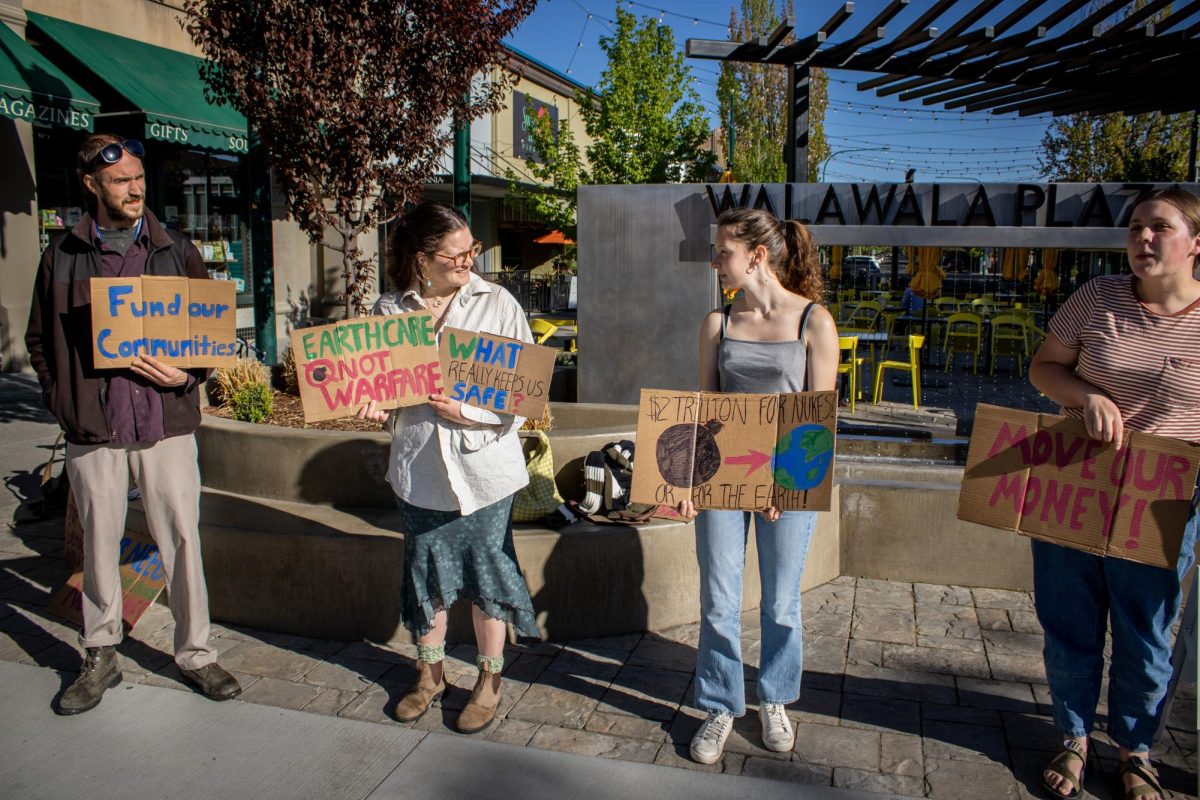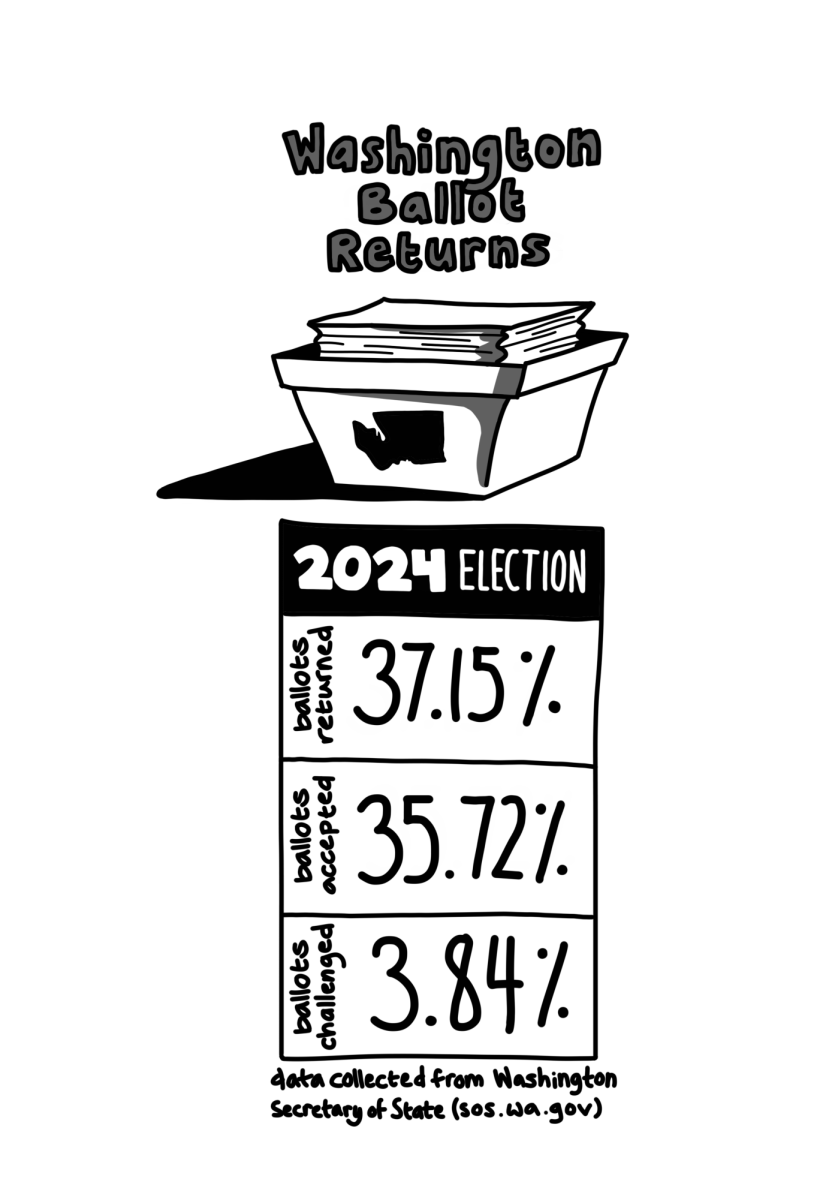The arrival of students from Whitman’s class of 2011 coincided with an increase in the school’s national recognition.
In the recently released Princeton Review rankings, which judge colleges in categories ranging from quality of life to “Best College Library,” Whitman placed in 11 Top 20 lists and ranked number one for “Happiest Students.”
“It’s always nice to be recognized by a third party as an institution that, among other things, creates a close-knit community where relationships are valued and differences are embraced,” said Kevin Dyerly, Whitman’s director of admissions.
Incoming first-years worked hard to get here. Admitted from the largest applicant pool in Whitman’s history, students in the class of 2011 come from 34 states and 21 countries. According to the admissions office, the class has traveled to more than 60 countries and speaks a total of 20 different languages. “We are competing for the best students with the best schools,” Dyerly said. One in four first-years is a student of color and/or an international student. While in high school, 65 percent were active in community service; 5 percent started a club at their school.
Despite promising statistics, however, Whitman’s student body continues to suffer from a perceived lack of diversity. This year’s class is no exception.
“There’s this ‘sameness’ to everybody,” said Devin Petersen, a first-year.
His sentiments reflect those of many within the school’s community.
“I do wish that my students had more exposure to people different from themselves, especially racially and ethnically,” said Ann Finan, a professor of sociology. “The knowledge and wisdom needed to interact thoughtfully and constructively with the wide variety of people that Whitman students will have the opportunity to meet in their lives beyond campus would be best developed in an environment including racial, as well as economic and cultural, diversity.”
The number of students coming to Whitman from minority backgrounds has climbed over time; this year, this group represents about 20 percent of the class. “We’ve made significant progress in generating applications from students of color as well as enrolling an increasing number over the long term,” said Dyerly. However, this year Whitman managed to enroll only three African-American students, an almost 10-year low.
“I think that students of color and their parents may worry about coming to a place like Whitman and Walla Walla that is largely white, where they may face racism, or, at least, not come across a lot of people who look like them,” said Finan. “Many small liberal arts colleges, especially those in less urban areas, have a difficult time attracting minority students.” According to the College Board Web site, schools like Reed and Lewis and Clark score slightly higher than Whitman in campus diversity. “Students coming from a big city background: whether black or white: are more likely to look for colleges and universities in a similar kind of place,” Finan said.
The admissions office acknowledged the low number of African-American students in the entering class, but called it “anomalous.” Dyerly said, “Believe me, no one is more disappointed with the result of our African-American enrollment this year than my staff and I.”
Of the 45 African-American students accepted this year, only three chose to attend Whitman. Admissions officers aren’t positive what prompted the dip in numbers, but Dyerly identified one possible factor. “It’s hard to know for sure how the major incident on campus this year affected the final decisions of students,” he said. In October, two Whitman students painted their faces and bodies black for a fraternity party and sparked a campus-wide debate on racism. The event was discussed extensively over the student listserv and eventually drew national media attention.
“I do not suggest we take this as an excuse,” said Dyerly, referring back to this year’s low enrollment of African-American first-years, “but a statement of reality that we had to overcome this year.” He said that while application numbers were up for all students of color, including African-Americans, enrollment of the latter was “a bit off, particularly compared to the successes we had with other groups.”
Students who begrudge the lack of diversity also see a great deal of potential in Whitman’s entering class. “With students coming from all across the country and world, there is an amazing amount of different experiences that those students can bring to any debate or just to life at Whitman in general,” said Erik Korsmo, a first-year. “It’s an incredible learning experience.”







